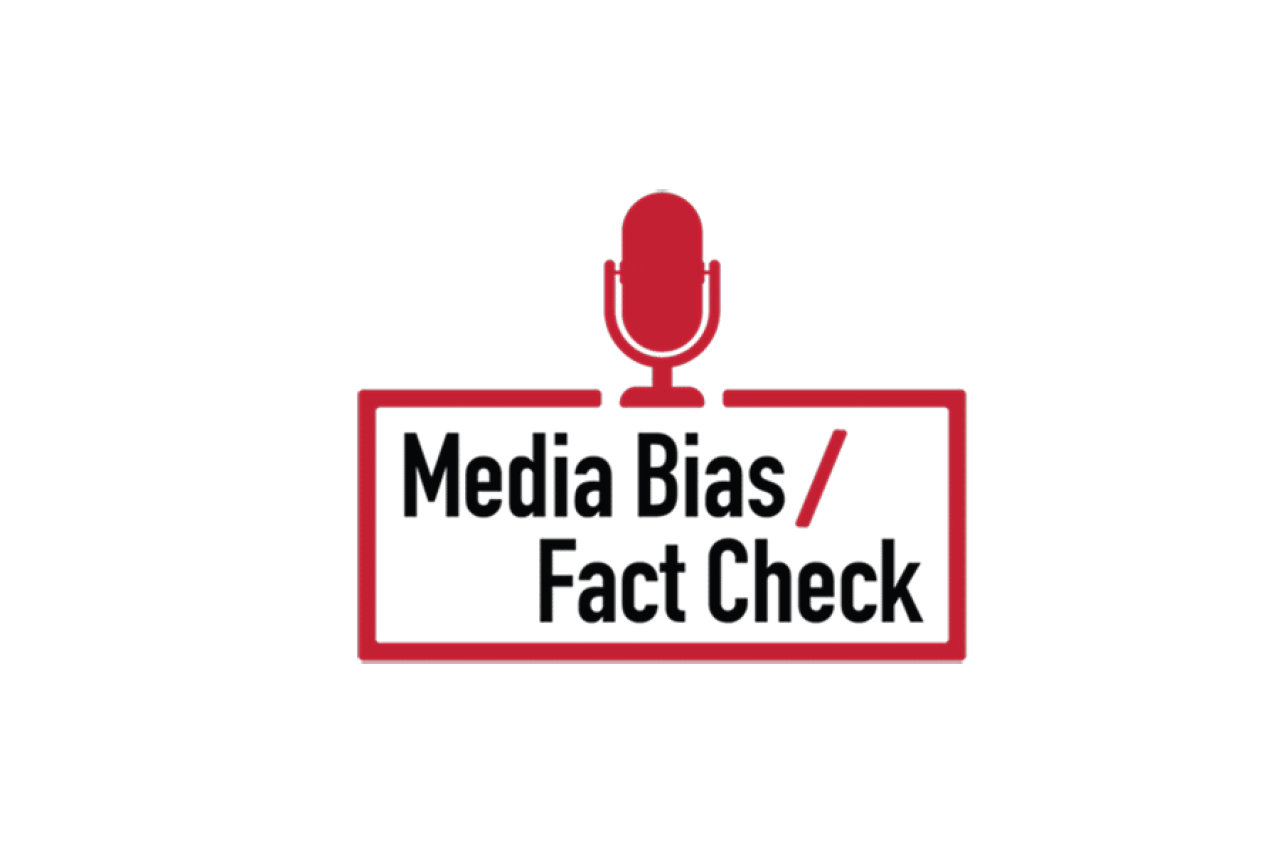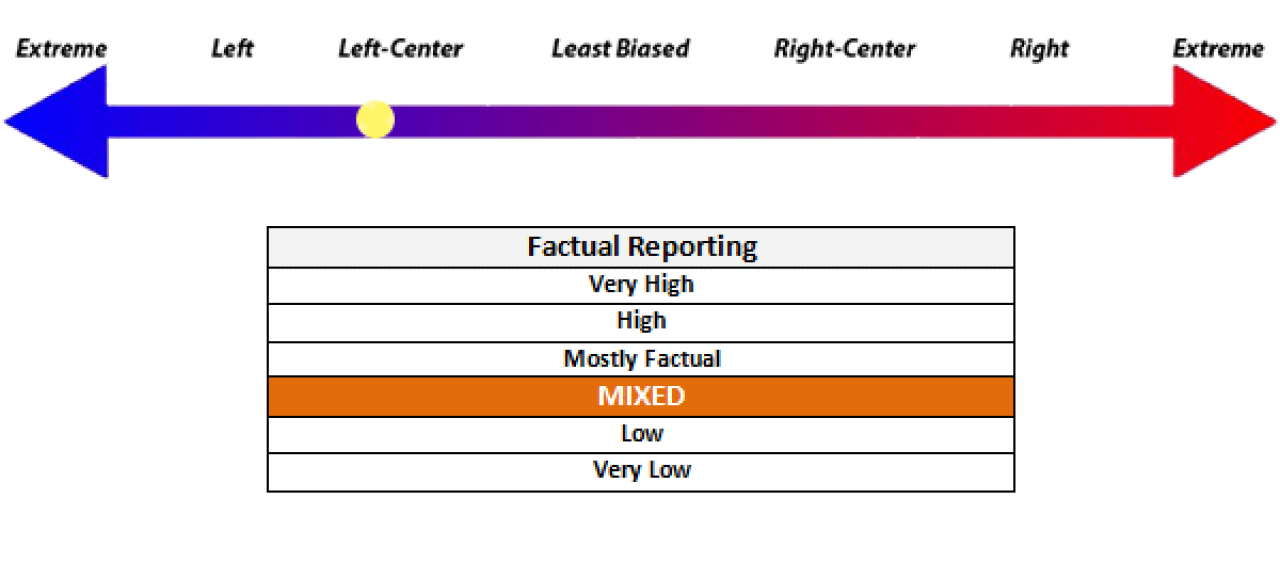July 10, 2024
MediaBiasFactCheck.com as a Tool for Lateral Reading
News Resources and Tips

In our current media landscape, we find ourselves inundated with news content from innumerable unfamiliar sources, often presented out of context on social media platforms or through news aggregator apps. When we follow the good instinct to investigate an unknown source, our first step is often to examine it vertically—in other words, to evaluate the website by gathering information from the source itself. For instance, we may inspect the website’s appearance, or read the “about page.” However, all sources, and particularly those engaging in poor journalistic practices, are likely to portray themselves in a positive light, so this strategy can easily lead us astray. Instead, research from Stanford University suggests that we should first read laterally—go outside a source to see what others are saying about it. Consulting reliable sources with questions like “Who funds this source?” “How are other sources reporting on the same claims?” or “Does this source have a history of good reporting?” can help contextualize and verify information.
Reading laterally to assess the credibility of a publication can start with a Google search, or it could start with consulting information from websites which report on media. One such website is Media Bias/Fact Check (https://mediabiasfactcheck.com). Media Bias/Fact Check (MBFC) is a non-partisan site which provides two scores for over 8000 media sources: a bias rating and a factual reporting rating. Each entry also provides information which explains or contextualizes the rating. For example, the entry for The Guardian (pictured below) explains its “Left Center” rating by pointing to a column in which an editor explicitly stated that the publication is “centre-left,” citing surveys which found their audience is left-leaning, and analyzing bias in headlines. To explain the “MIXED” factual rating, the analysis brings up a list of failed factchecks, and mentions that the publication has relied on sources that have failed factchecks in the past.
Left-Center Bias
“These media sources have a slight to moderate liberal bias. They often publish factual information that utilizes loaded words (wording that attempts to influence an audience by appeals to emotion or stereotypes) to favor liberal causes. These sources are generally trustworthy for information but may require further investigation. See all Left-Center sources.
Overall, we rate The Guardian Left-Center biased based on story selection that moderately favors the left and Mixed for factual reporting due to numerous failed fact checks over the last five years.” –MediaBiasFactCheck.com

Credibility scores like those provided by Media Bias/Fact Check are not without critics. In a 2018 article the Poynter Institute called them a “quick-fix solution for misinformation” and warned that ratings can oversimplify the “dynamic, multidimensional problem” which is unreliable online information. First-time users of MBFC may also be taken aback by the many pop-up ads on the site. However, MBFC proudly claims financial independence, in part due to the support of third-party advertising. More importantly, it is widely used by reputable news organizations as a neutral tool for assessing bias, and scholarly studies on misinformation and media have also used it as a measure of bias and factualness in news sources. Studies of news credibility ratings have found that news rating services, including MBFC, are highly consistent with one another. This implies they can be a good indicator of news quality, even if a static scale can’t tell the full story.
So next time you stumble across a story from an unknown publisher, consider looking it up on Media Bias/Fact Check! It is sure to offer you valuable information to help in your evaluation.
